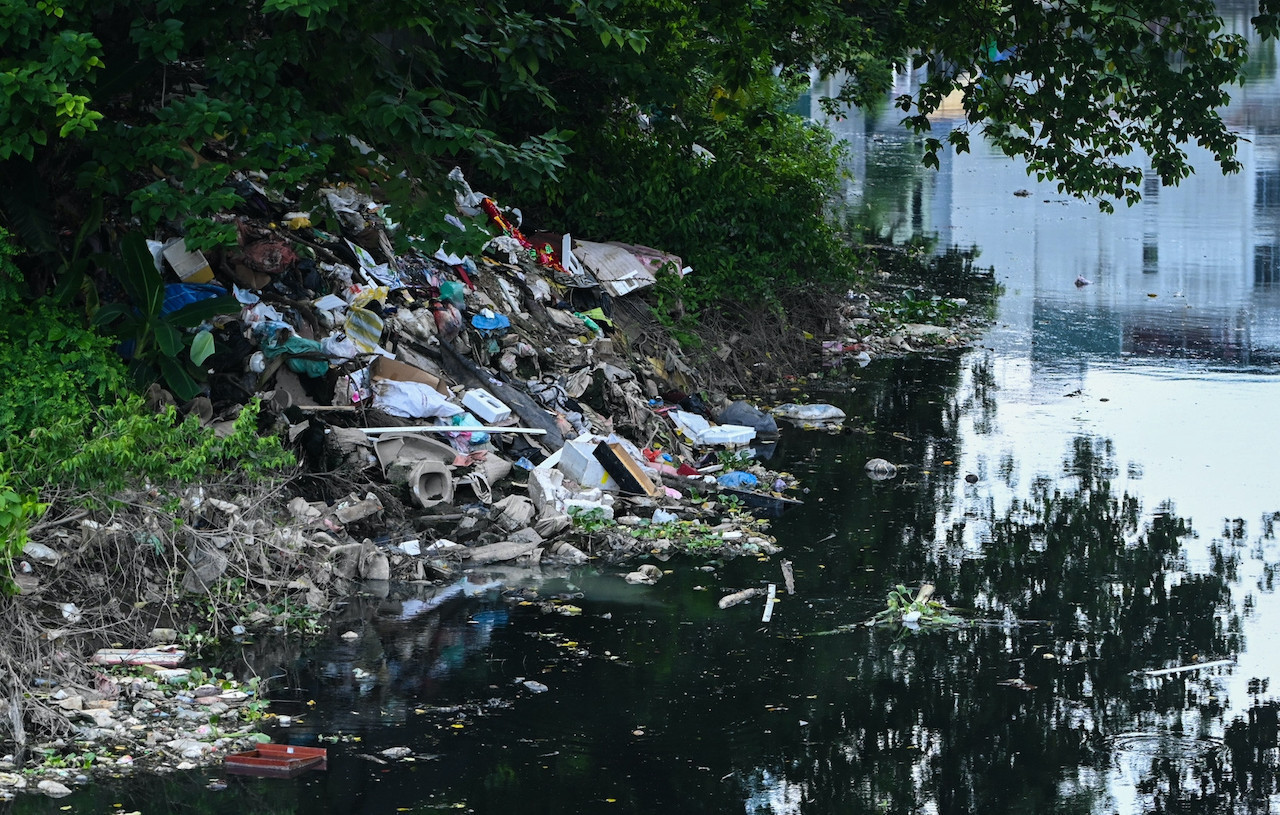The Hanoi People’s Committee has issued an urgent plan to strengthen water pollution control and treatment across several key rivers. On June 21, the city released Plan No. 168/KH-UBND, detailing immediate measures to address environmental degradation in the Nhue - Day rivers, Ngu Huyen Khe River, Cau Bay River, and the Bac Hung Hai irrigation system.
The plan aims to enhance pollution control effectiveness, reinforce the accountability of government agencies and related entities in environmental protection, and coordinate existing action plans relevant to these river basins.
Multi-pronged strategy to combat river pollution

The city’s action plan includes five key solution groups:
First, infrastructure investment will focus on building wastewater collection and treatment facilities in urban and craft village areas. Hanoi also plans to mobilize all available resources and install automatic monitoring systems for high-volume discharge sources.
Second, source management and discharge control will be improved by building a comprehensive database of pollution sources. Agencies will monitor and supervise each discharge point according to licensing responsibilities, and projects failing to meet environmental standards will not be granted investment or environmental permits.
Third, surface water quality management will include continuous assessment of water quality trends and expansion of the monitoring network, especially at sites with high levels of pollution.
Fourth, enforcement will be intensified through routine and surprise inspections. Violators will face strict penalties, including mandatory upgrades or suspension of non-compliant wastewater treatment systems.
Finally, public awareness campaigns will educate residents and businesses on environmental responsibilities. Political and social organizations will help monitor and advocate for cleaner water, promoting greater community participation in water protection.
Specific tasks and local implementation
The city also outlined 14 specific tasks, including finalizing a list of pollution sources affecting river quality, conducting environmental inspections of wastewater discharge facilities, and regularly monitoring water quality in river basins.
One example includes operating a continuous automatic monitoring station for surface water at the Cau Bay River’s Am Pump Station, Ngoc Dong village, Da Ton commune, Gia Lam district. Infrastructure projects will also focus on wastewater collection, treatment facilities, automatic wastewater monitoring stations, dredging, and clearing water flow obstructions.
In addition, the city may temporarily suspend new investment approvals or prohibit expansions for facilities discharging into the Ngu Huyen Khe River unless they meet environmental requirements.
N. Huyen